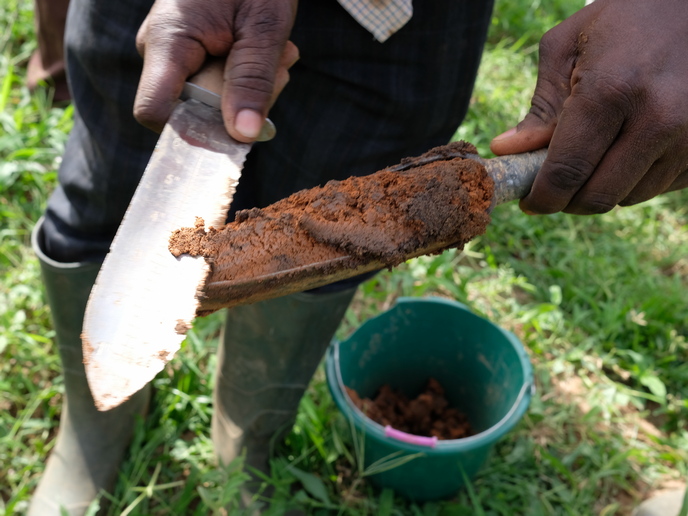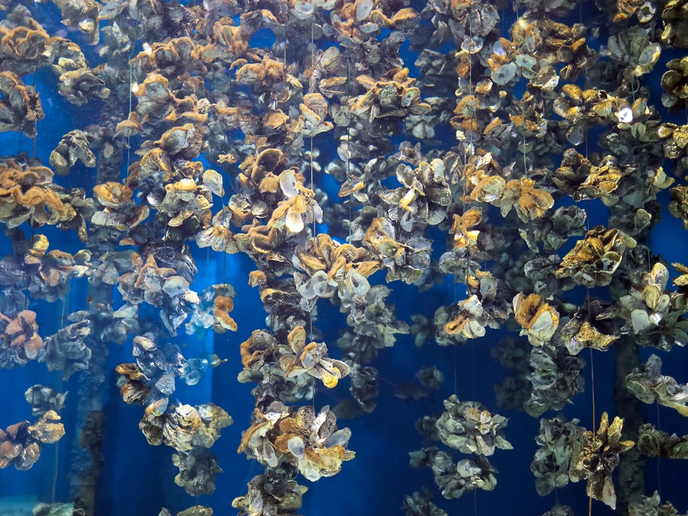Putting a stop to waste in the cork stopper industry
At 162 000 tonnes per year, southwestern Europe is responsible for most of the world’s cork production. The star product of the cork industry is the bottle stopper, and Spain and Portugal produce 90 % of all wine corks used worldwide. While cork is a natural product, the washing, bleaching and disinfecting procedures involved in its manufacture produce up to 195 000 cubic metres of contaminated wastewater every year. With support from the Marie Skłodowska-Curie Actions programme(opens in new window), the E-CORK(opens in new window) project explored multiple electrochemical treatment processes to revolutionise the cork industry towards a circular economy.
Characterising wastewaters in the laboratory
Project fellow Ana Rey Barroso worked with Coimbra University(opens in new window) and industrial supplier Cork Supply(opens in new window). Located in close proximity to one another in Portugal, these project participants have collaborated before. The company invited researchers to their facilities to explain the wastewater treatment procedure, and later they provided samples of cork washing wastewater (CWW) for experimentation. Based on the characterisation of CWWs, electrocoagulation (EC) and electrochemical peroxidation (EP) emerged as the two most promising treatment processes. Electrochemical processes were studied and optimised at the laboratory scale. Different effluents of CWWs were subjected to the processes in a batch cell, and the main operating conditions were studied: pH, electrolyte addition, current density, and different sacrificial anodes of Fe or Al. Regarding the achievements of E-CORK, Rey states: “With the use of hydrogen peroxide – a by-product of cork bleaching wastewaters – the pollution can be removed from the wastewater to produce a cleaner effluent that can be discharged to the sanitation network.” The main technical problem faced during the project was the realisation that the sludge formed during treatment did not have good sedimentability, making it difficult to achieve a clear effluent. Researchers addressed this problem with the use of flocculants, chemicals that cause the suspended particles in liquid to aggregate.
Electrocoagulation and electrochemical peroxidation
Electrocoagulation is an important chemical process in the treatment of wastewater. According to Rey: “In the electrocoagulation process, organic contamination and suspended solids in the water are removed by the formation of flocs that retain these compounds.” EC proved to be an efficient treatment process for CWW containing a moderate chemical oxygen demand (COD). COD is a measure that refers to the amount of oxygen required to break down organic compounds in contaminated water. Experiments demonstrated that EP was a cost-effective and efficient process for high-loaded COD wastewaters. Rey says: “With the use of hydrogen peroxide in the electrochemical peroxidation process, the iron released by the anode in the electrochemical reactor acts as a catalyst for the hydrogen peroxide, leading to Fenton-type reactions(opens in new window) that promote the organic matter oxidation and favour a faster elimination of the pollution.” One challenge of EP is the need to carry out the treatment immediately following the stoppers’ bleaching stage, in order to utilise as much of the hydrogen peroxide as possible. With continued collaboration between environmentally aware companies such as Cork Supply and university-based research teams such as at Coimbra University, the cork industry is sure to overcome this challenge and is on track to optimise performance in the circular economy.







